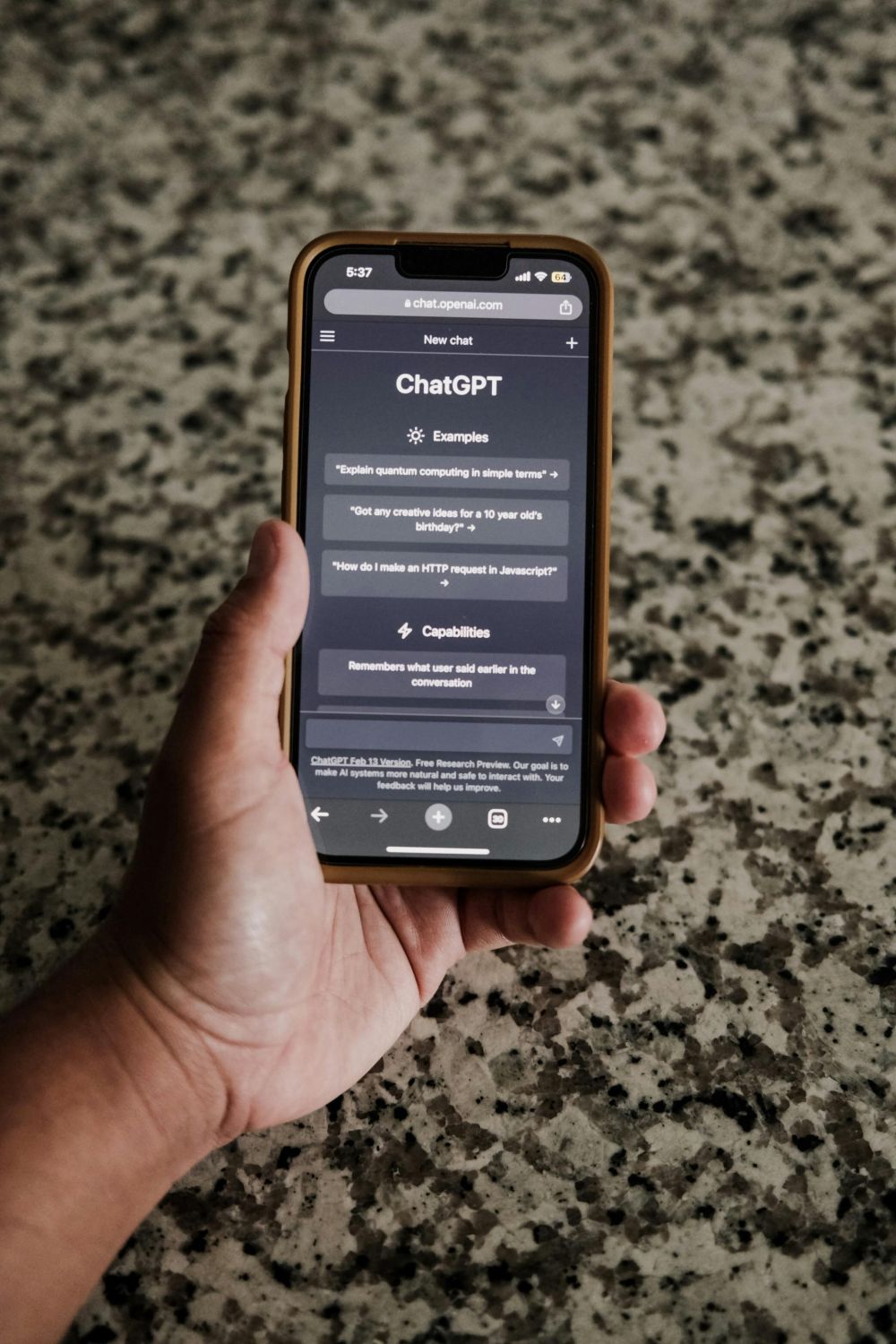
Here are just a couple of examples how A.I (artificail inteligence is used when it comes to smartphones).
Voice Assistants: Virtual assistants like Siri (iOS), Google Assistant (Android), and Bixby (Samsung) use AI algorithms to understand natural language commands, answer questions, perform tasks, and even predict user needs based on previous interactions.
Camera Enhancements: Many smartphone cameras use AI-based algorithms for features like scene recognition, image stabilization, portrait mode, and night mode.
These algorithms can optimize settings and enhance image quality based on the scene being captured.
Face Unlock and Biometric Authentication: AI algorithms are often employed for facial recognition in biometric authentication systems, allowing users to unlock their smartphones securely and quickly.
Predictive Text and Auto-correct: AI-powered keyboards on smartphones analyze users’ typing patterns, commonly used phrases, and context to offer predictive text suggestions and auto-corrections.
Battery Management: AI algorithms are used to optimize battery usage by monitoring and managing background processes, adjusting power consumption based on usage patterns, and predicting when the device will need to be charged.
Personalization and Recommendation Systems: AI-driven recommendation engines analyze users’ behavior, preferences, and usage patterns to offer personalized suggestions for apps, content, news, and other services.
Health and Fitness Tracking: Smartphones often incorporate AI algorithms for health and fitness tracking, including step counting, activity recognition, sleep monitoring, and even stress detection.
These are just a few examples of how AI is integrated into smartphones to enhance user experience, improve performance, and offer new features and functionalities. AI’s role in smartphones is expected to continue growing as technology advances.